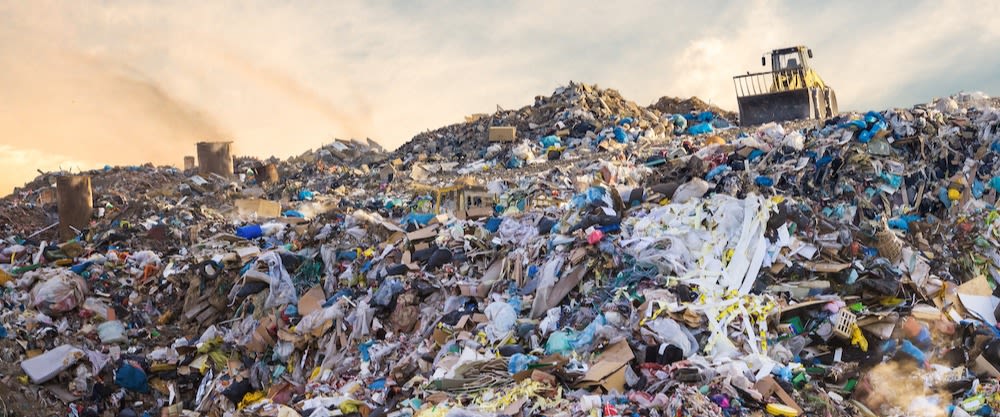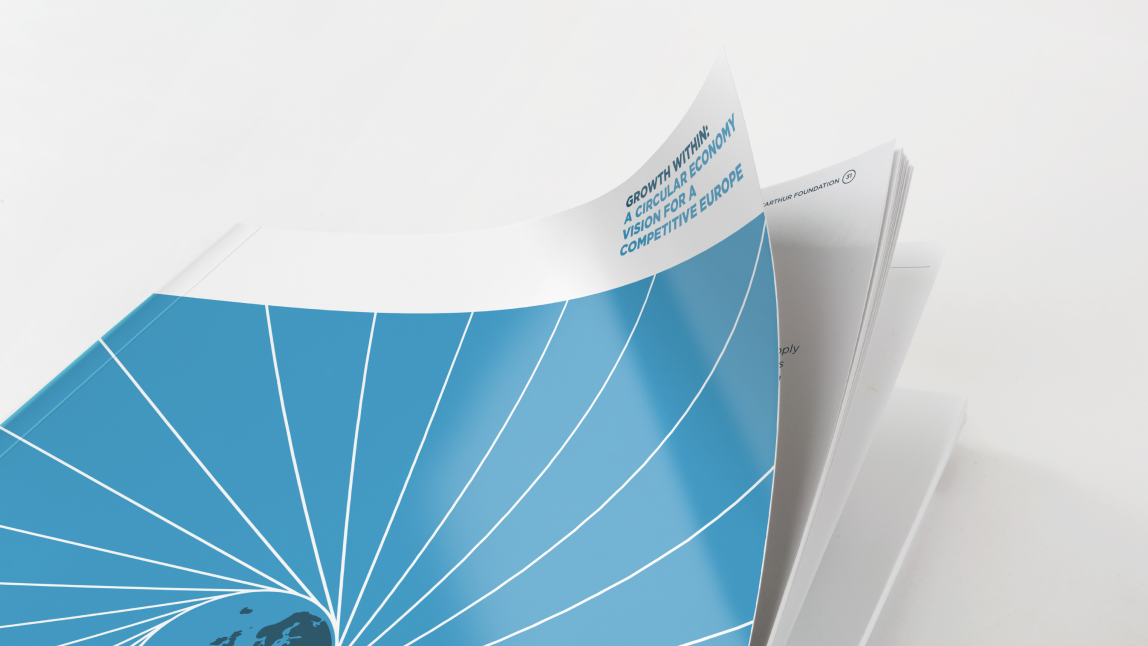The linear economylinear economyAn economy in which finite resources are extracted to make products that are used - generally not to their full potential - and then thrown away ('take-make-waste')., sometimes referred to as the take-make-waste economy, is a system where resources are extracted to make products that eventually end up as waste and are thrown away. Products and materials are generally not used to their full potential in a linear economy and, as the name suggests, always move in one direction – from raw material to waste. It is a polluting system that degrades natural systems and is the driver of global challenges, including climate change and biodiversity loss.
The industrial revolution laid the framework for this linear economy and it has brought many benefits. For the first time, goods were able to be mass produced. It seemed as though raw materials and energy were effectively infinite, and on the back of this economic transformation, industrialised countries became societies of abundance, the world population soared, and many millions were pulled out of poverty.
This global development was only possible by extracting finite resources and degrading natural capital to generate economic value. Over time we have learned to do this in more and more ways to create ever more advanced products. But the presiding model has not changed.
The negative effects of this approach, in the form of environmental damage and the loss of valuable materials, are clear. They are driven by the mismanagement of resources and land in industries across the economy, including agriculture, construction, and transport.
The way our economy functions is destroying the natural capital on which it depends. This is seen in the soils that are being degraded, the ocean that is being polluted, the biodiversity that is being lost, the freshwater that is drying up, and the forests that are being felled.
A transition to a circular economycircular economyA systems solution framework that tackles global challenges like climate change, biodiversity loss, waste, and pollution. It is based on three principles, driven by design: eliminate waste and pollution, circulate products and materials (at their highest value), and regenerate nature. will be crucial to allow us to thrive in the future.




